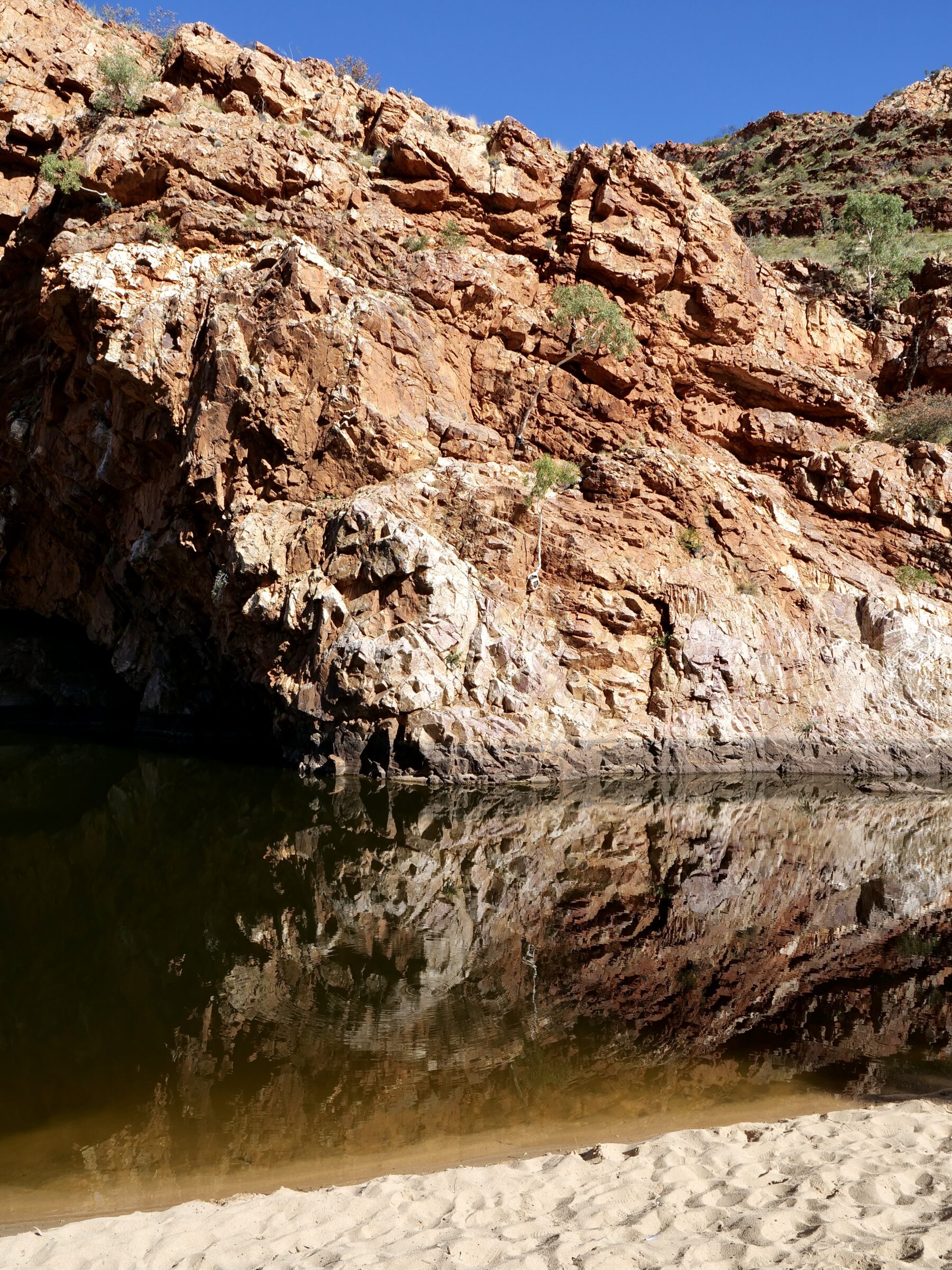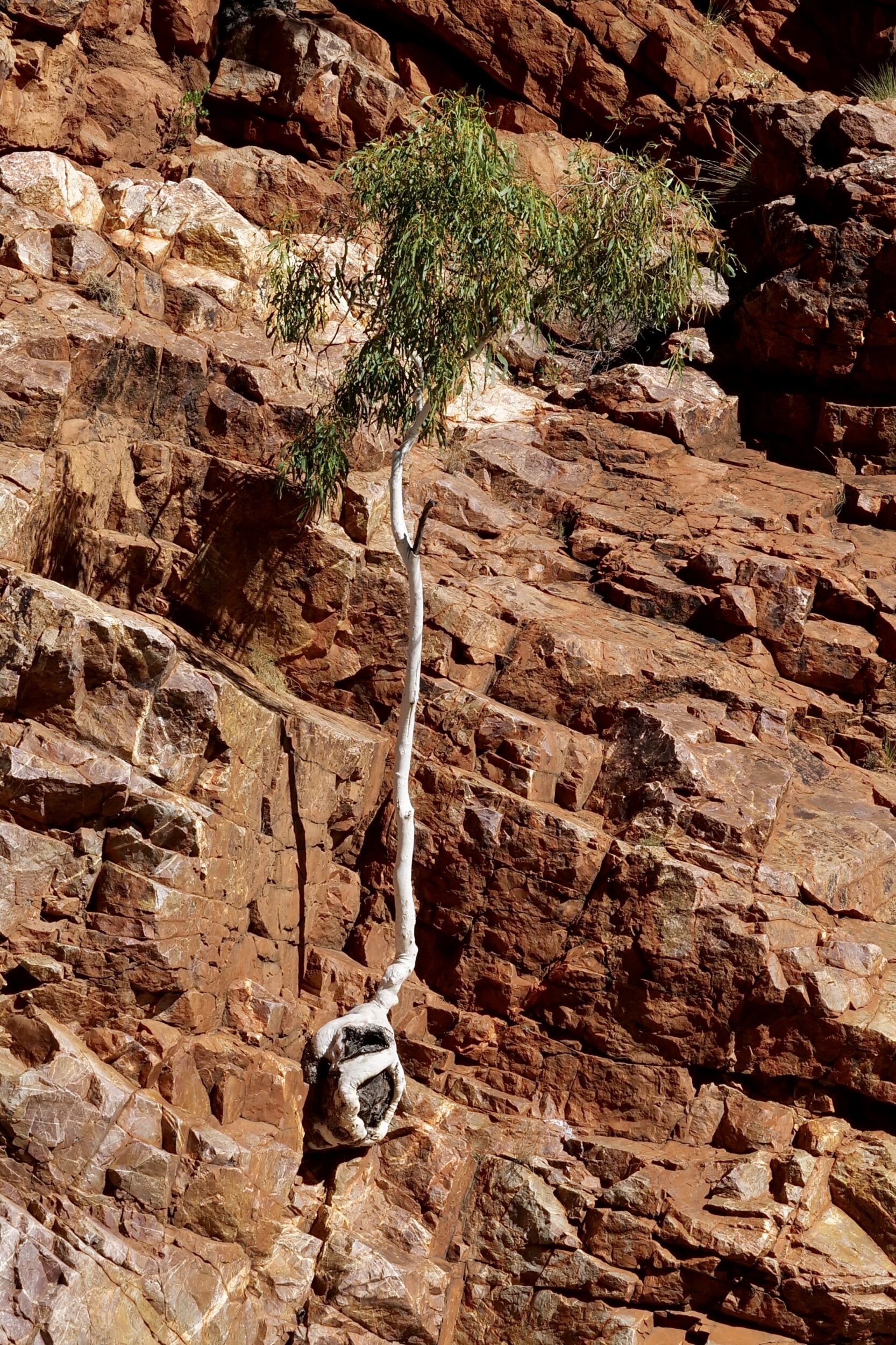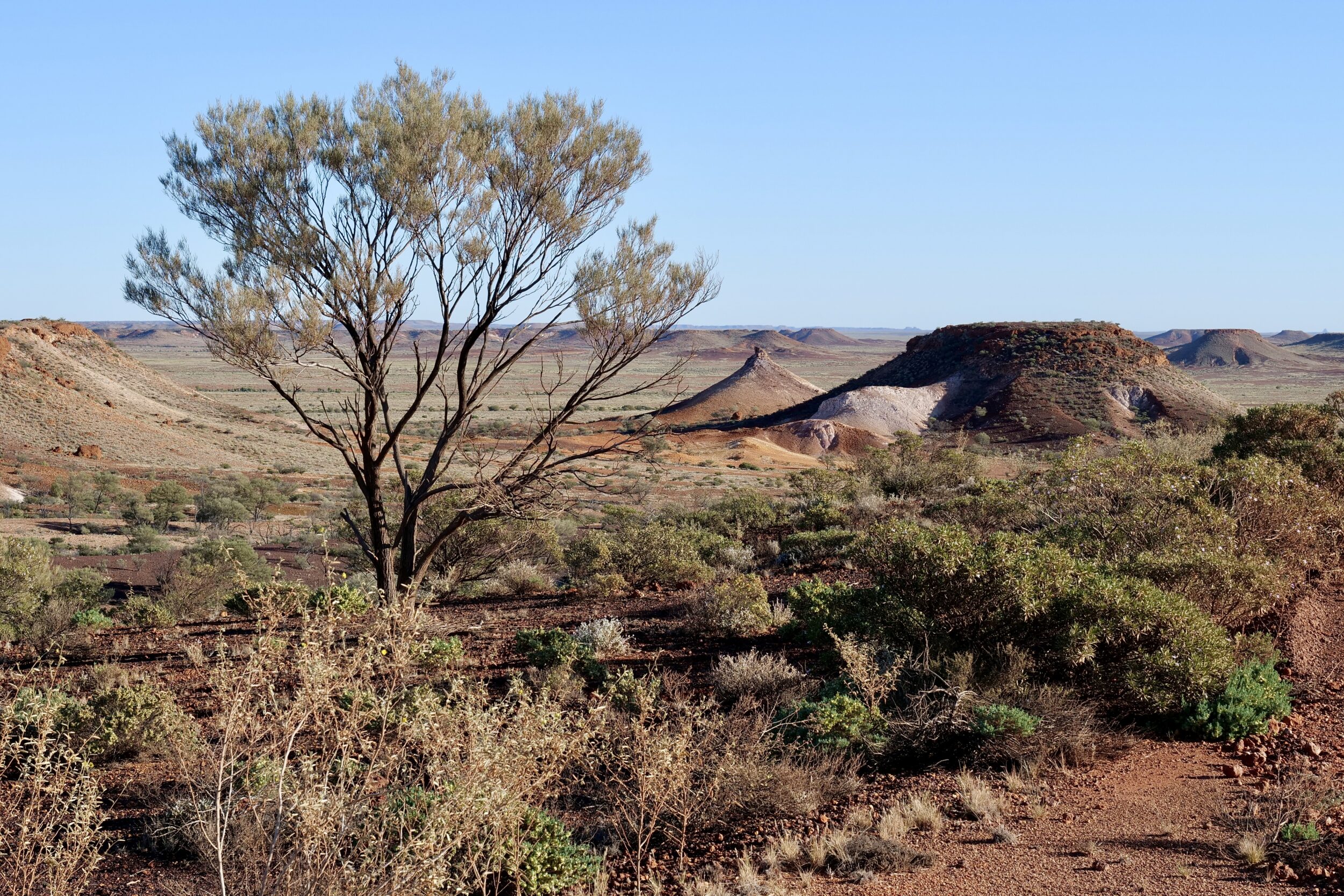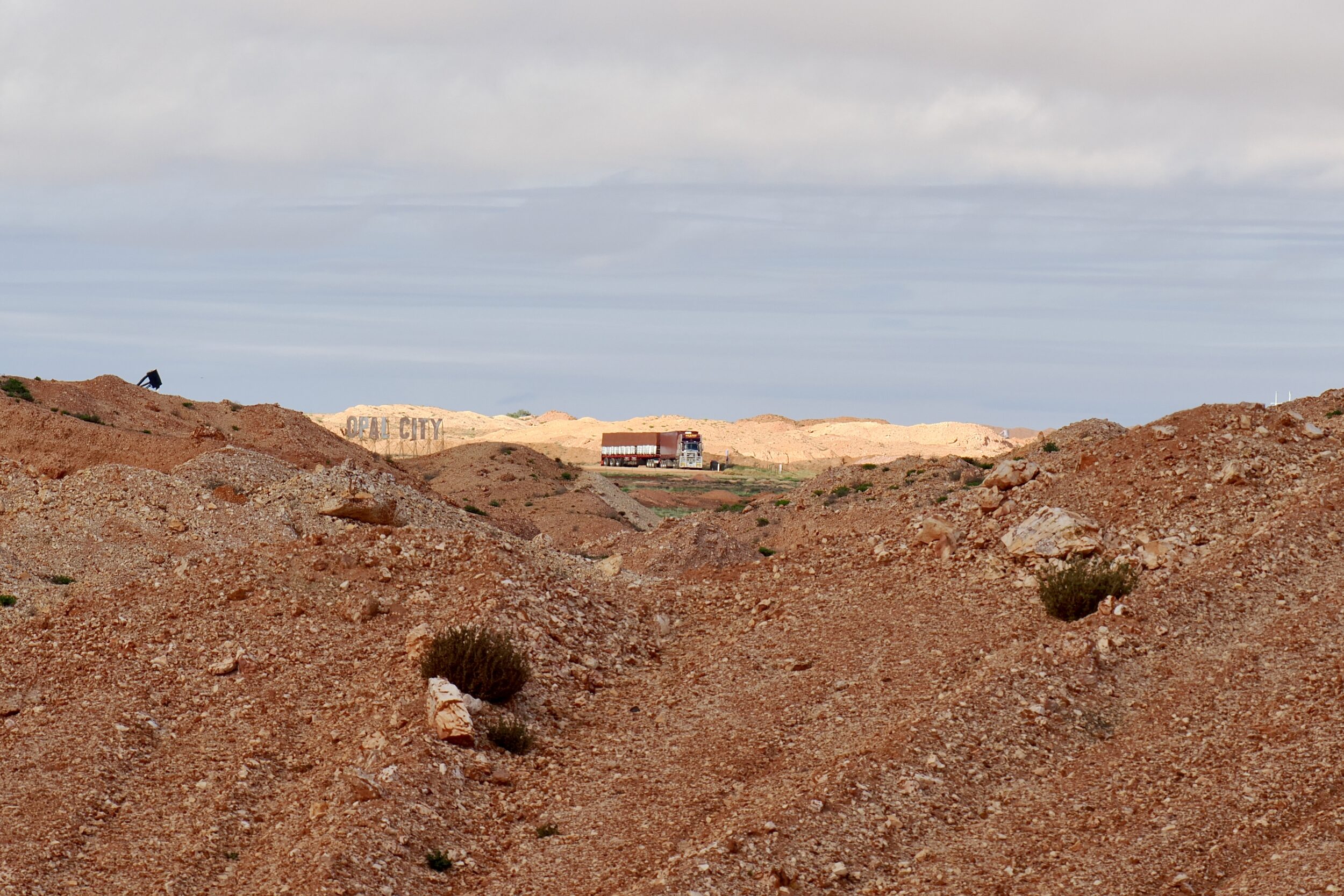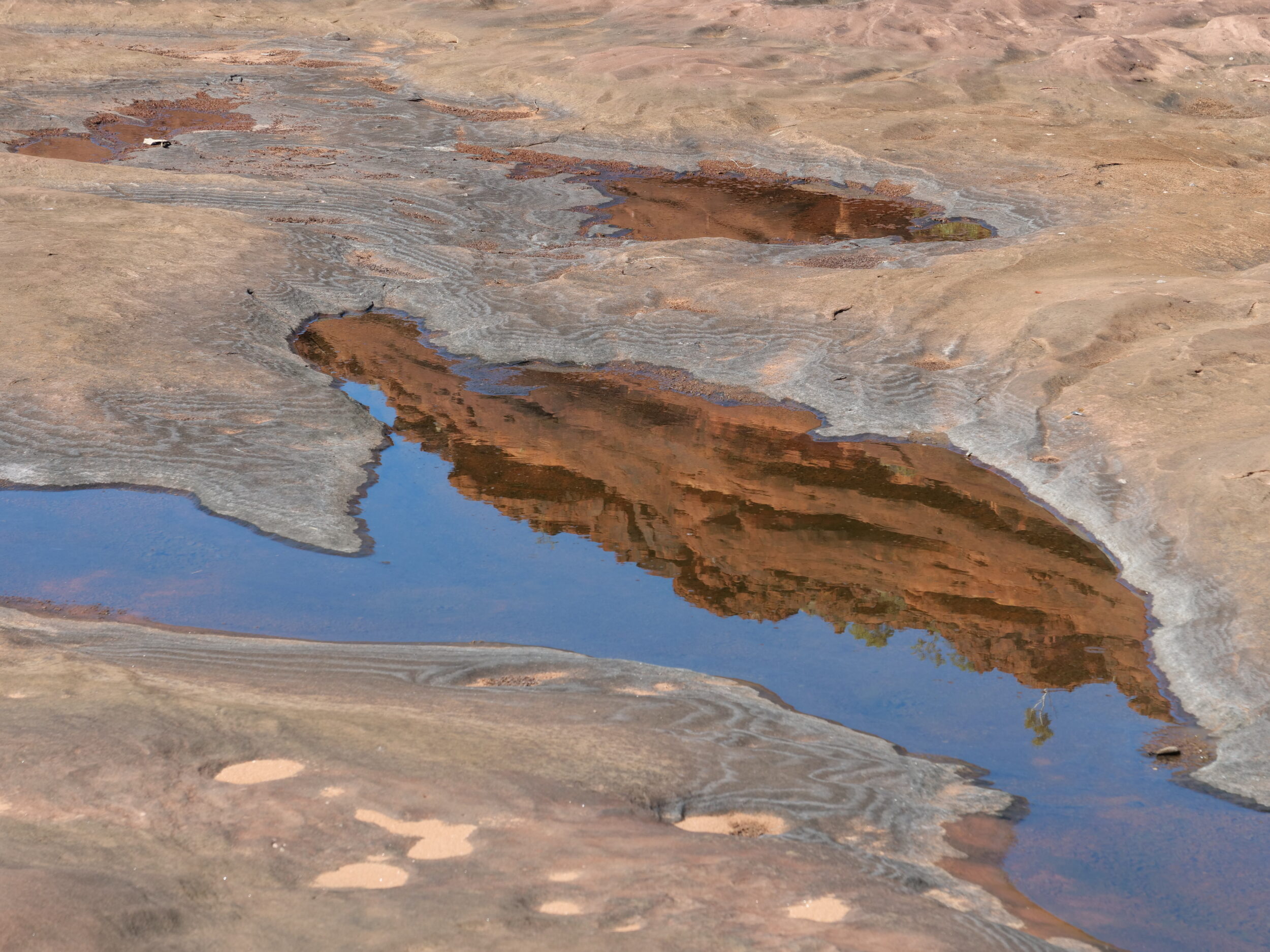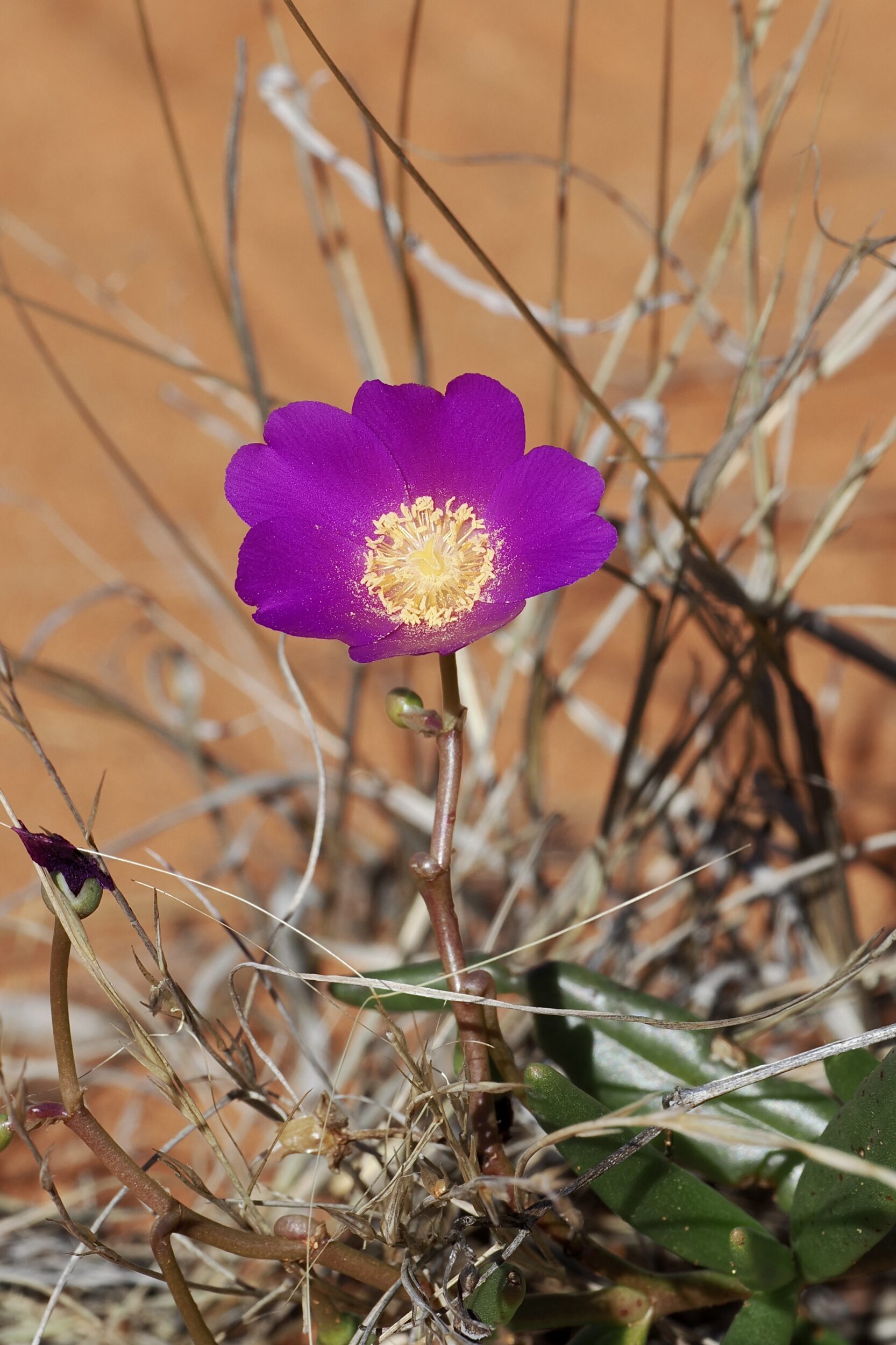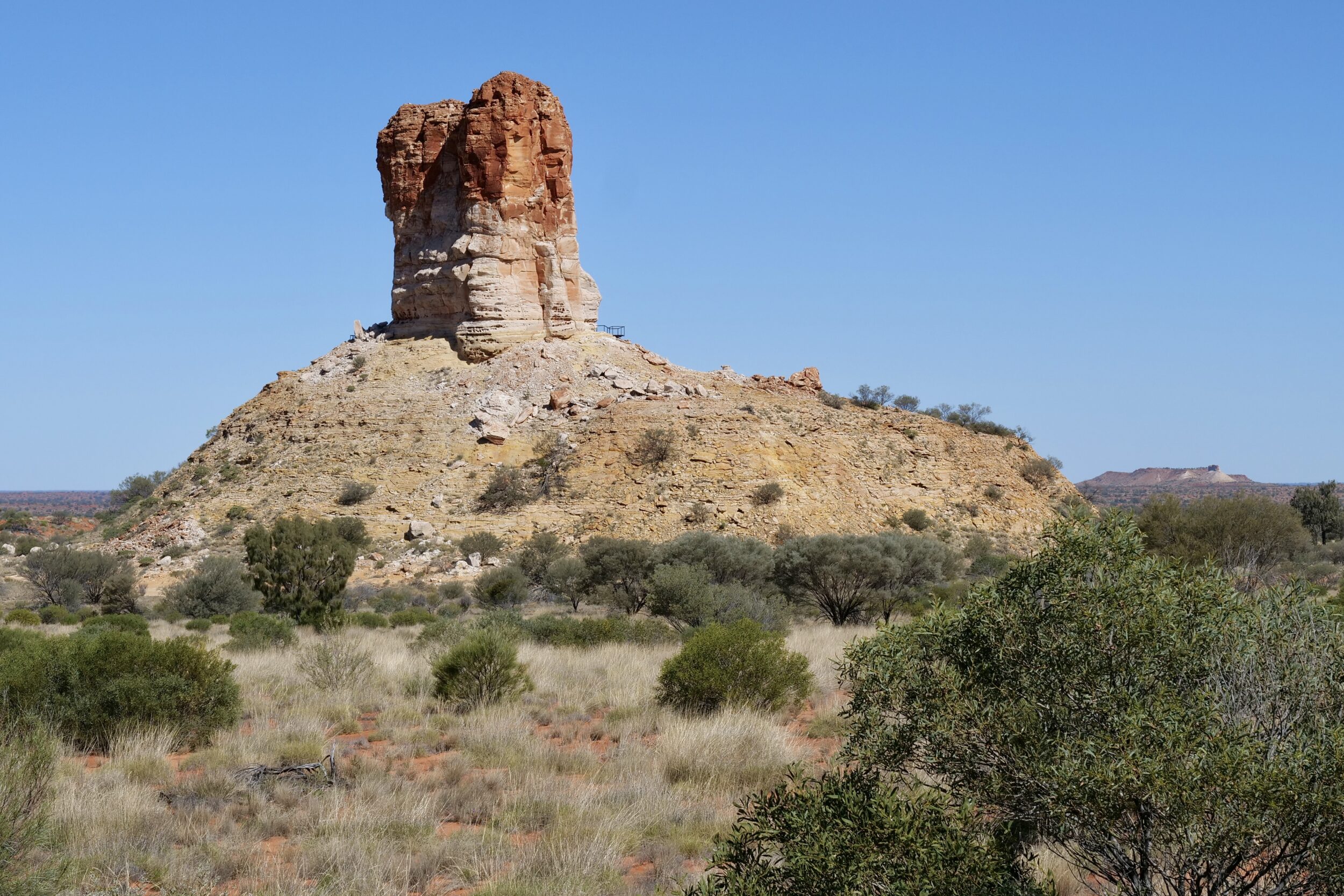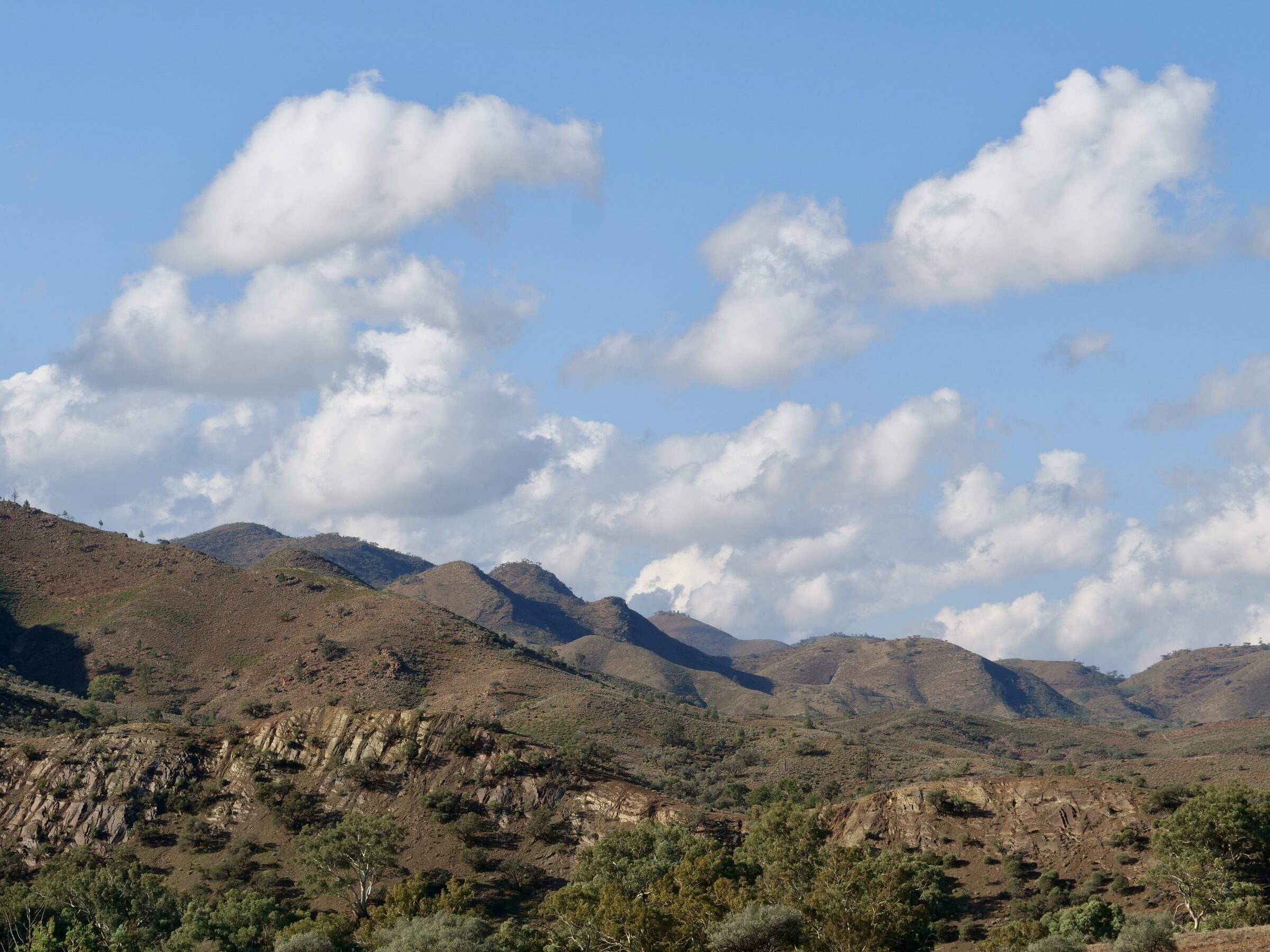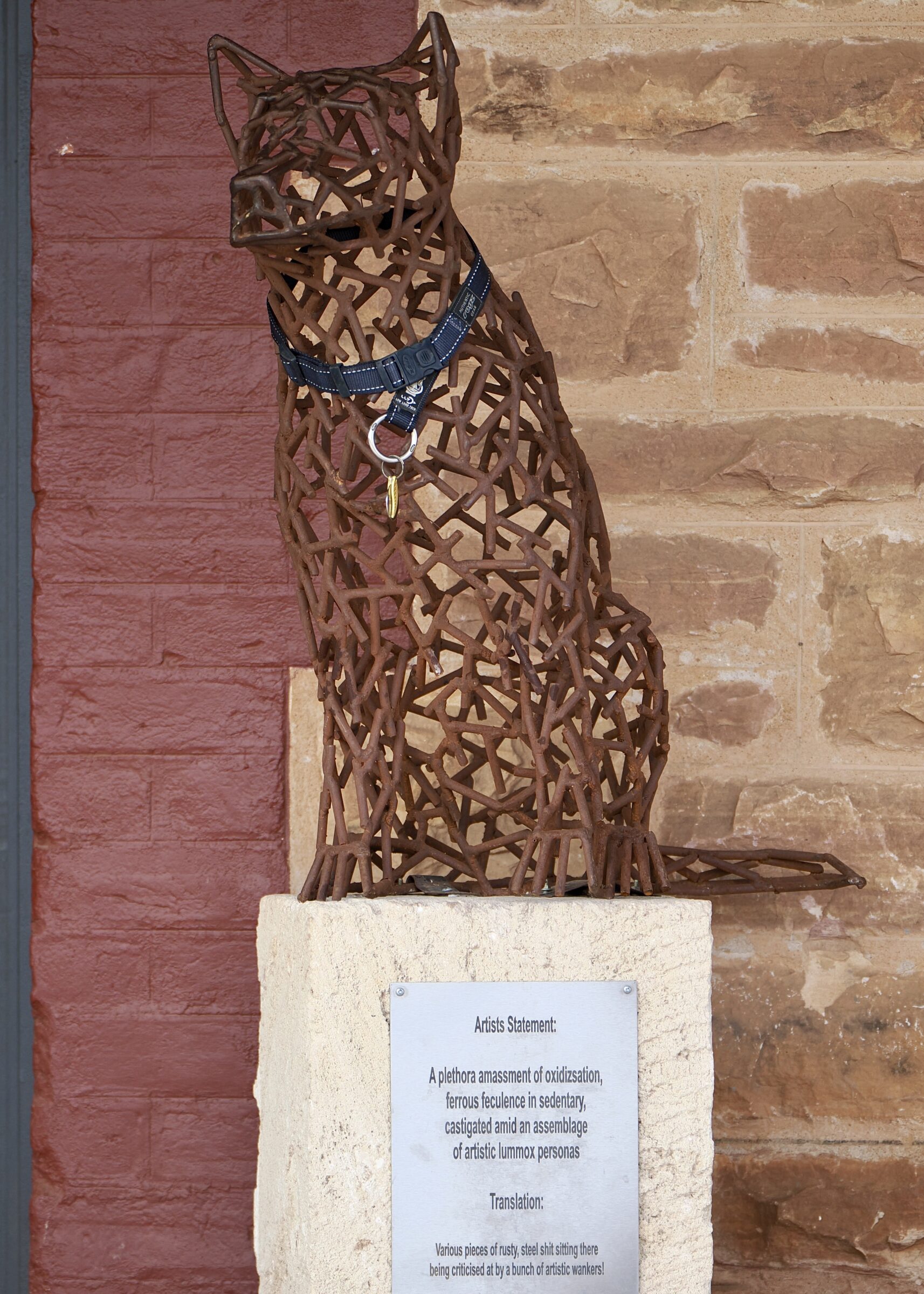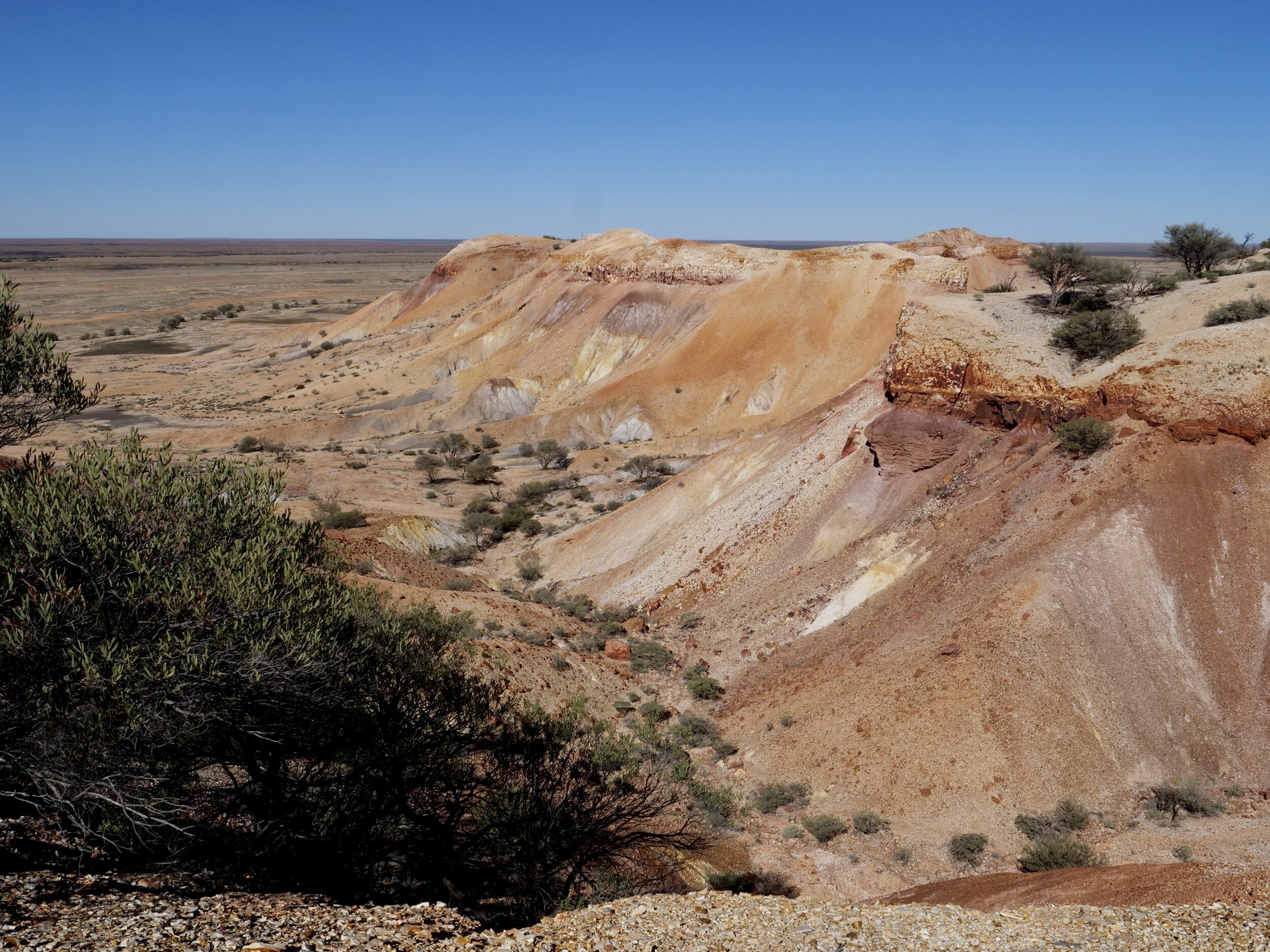This post’s photo was taken from almost exactly the same vantage point as the previous post’s…and only a few seconds later.
In “standard format” terms, #16’s photo was a cropped version of a 120mm (short telephoto lens) view, whilst this post’s is a wide angle (24 mm) shot, unedited.
Comments closed